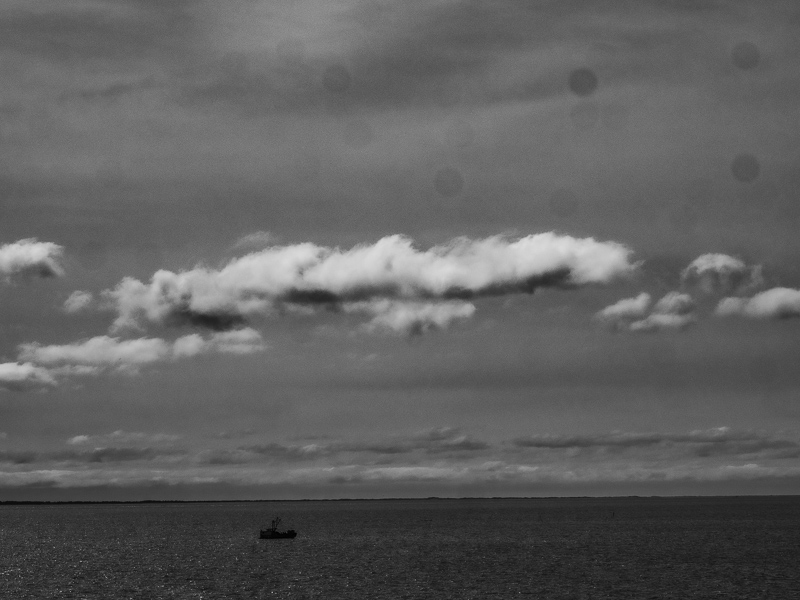Every Picture Is a Compromise
Lessons from the Also-rans
Most photography websites show the photographer's very best work. Wonderful. But that's not the full story of a creative life. If we want to learn, we'd better pay attention to the images that aren't "greatest hits" and see what lessons they have to offer. Every picture is a compromise — the sum of its parts, optical, technical, visual, emotional, and even cosmic – well, maybe not cosmic, but sometimes spiritual. Success on all fronts is rare. It's ok to learn from those that are not our best.
This is a series about my also-rans, some of which I've been able to improve at bit (i.e., "best effort"), none of which I would consider my best. With each there are lessons worth sharing, so I will.
Original digital captureSky WeekSo many times the success of a landscape is actually a function of the sky. It would be odd to call them "skyscapes," but we can think of them that way and very probably improve our photographs. This week, we'll look at sky failures. What I saw that I liked:The hovering cloud above the solitary boat. What I don't like in the picture:Skies can make or break a landscape. This one breaks. Too dark, too yucky, too flat. What I learned:I do so much of my processing in Lightroom these days that I hardly ever need to go into Photoshop. There are ways in Lightroom to push contrast to an extreme. The disaster at left is the result of pushing contrast to an extreme. All those lovely circular dust spots are magnified when we push contrast. I see at least a dozen. The best strategy is to keep your sensor clean so these buggers don't appear. The second best strategy is to expose properly so you don't have to do such aggressive processing. Hard to admit, but my "processing" made this image a lot worse. 2nd Chances: What I might try nextClean the damn sensor after every lens change in the field. |


